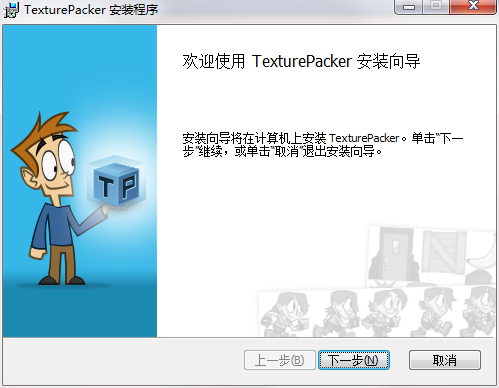

- #Unpack texturepacker xml how to#
- #Unpack texturepacker xml install#
- #Unpack texturepacker xml code#
- #Unpack texturepacker xml Pc#
- #Unpack texturepacker xml free#
If your spritesheet is an animated frame list you can add animations from the Asset Viewer tool. You can even hand off the sprite sheet creation to your artist.
#Unpack texturepacker xml free#
You can change the current sprite from Entity Details panel on the SpriteAtlas component The free TexturePacker Importer plugin for Unity automatically re-imports the data as soon as you re-enter Unitys editor. You can see a spritesheet asset on Asset Details panel, Drag sprite sheet asset to Viewport Set a sprite sheet name that you will use on your gameĪfter Asset viewer is opened click on import Texture Packer button and select the spritesheet xml descriptor file.Īfter loading the SpriteSheet file from TexturePacker file format, click on the OK button Set a name and folder location for your game:Ĭlick on Assets folder from Asset Details panel and add new SpriteSheet asset or top menu Assets -> Create Sprite Sheet Start Wave Visual Editor and choose File -> New Project
#Unpack texturepacker xml how to#
SpriteSheet descriptor file: It’s an xml file with information on how to slice spritesheet images to get individual sprites.SpriteSheet image: It is an image with all sprites included.If everything is correct you can see two files on your exit folder Select publish sprite sheet File -> Publish sprite sheet (Ctrl+P) to save it.
#Unpack texturepacker xml install#
Start TexturePacker and select Wave Engine template formatĭrag and drop all of your assets to the empty left panel on TexturePacker or select Edit -> Add sprites… from the top menu.Īfter adjusting for texturePacker parameters. A comment for posterity for anyone getting stuck converting tex to DDS or importing: For some reason this tool gets stuck if you have many textures for one assets file, so if you want to install something big (for example shared3 in My Winter Car mod has around 110 textures) you will need to divide it into chunks of 30-40 textures max. After that you can edit it as a normal Sprite Sheet: Add sprites, animation, etc… Step by step tutorial This will import all of its sprites, packaging and size information.
#Unpack texturepacker xml code#
But this is not difficult, basically you have to do following: Code (csharp): TextAsset txt ( TextAsset) Selection.activeObject string rootPath Path.GetDirectoryName( AssetDatabase. To import a TexturePacker file you have to create a new Sprite Sheet and then click on the “Import TexturePacker file” button then select the. If you have an other format from other programs you have to write your on parser. Wave Visual Editor now allow importing TexturePacker sprite sheets, automatically opening the TexturePacker file and converting to the Wave Sprite Sheet asset format, maintaining the original sources and the packaging information. It is very powerful and has tons of different options. Hopefully you will agree.TexturePacker is one of the most useful and used sprite sheet generators. README. But it’s clear to me that Pla圜anvas isn’t using the data correctly. xml file used in many engine like unity to pack texture. pack file that use in LibGdx projects and.
#Unpack texturepacker xml Pc#
I will agree that having the origin in top-left is a silly standard. If you have JRE in your PC or you may be install then you can use a tool which i create to unpack. Meanwhile, in Pla圜anvas, this is the result I get: The pivot is from the top left of the sprite rect within the source image. It currently looks like not many users are still using that feature. We've introduced that feature in 2011 with TexturePacker 2.4.0. Turns out, the x/y in spriteSourceSize is from the upper left corner. TexturePacker's Flash Unpacker is an add-on for TexturePacker to extract animations sequences as sprites and pack them into a sprite sheet. Now this part had be confused for a bit until i dragged it into photoshop and did some measurements. Is there a proper way to use TP to trim away transparent pixels while retaining the relative position in each frame, in Pla圜anvas at this point? And if so what are the recommended TP settings? , Looking at the produced json, it seems as perhaps you fail to take into the account the x and y of the spriteSourceSize (see json below)? TexturePacker is a tool that specializes in creating sprite sheets. The setting that should have all necessary info for proper rendering is “trim”. Simply add each animation frame and it generates a spritesheet and an XML file for.

I’ve tried all combinations of settings in TP but it yields the same result more or less. The mole bounces around instead of sticking in place. I’m using texture packer for atlases using Json Array as export format.The problem:


 0 kommentar(er)
0 kommentar(er)
